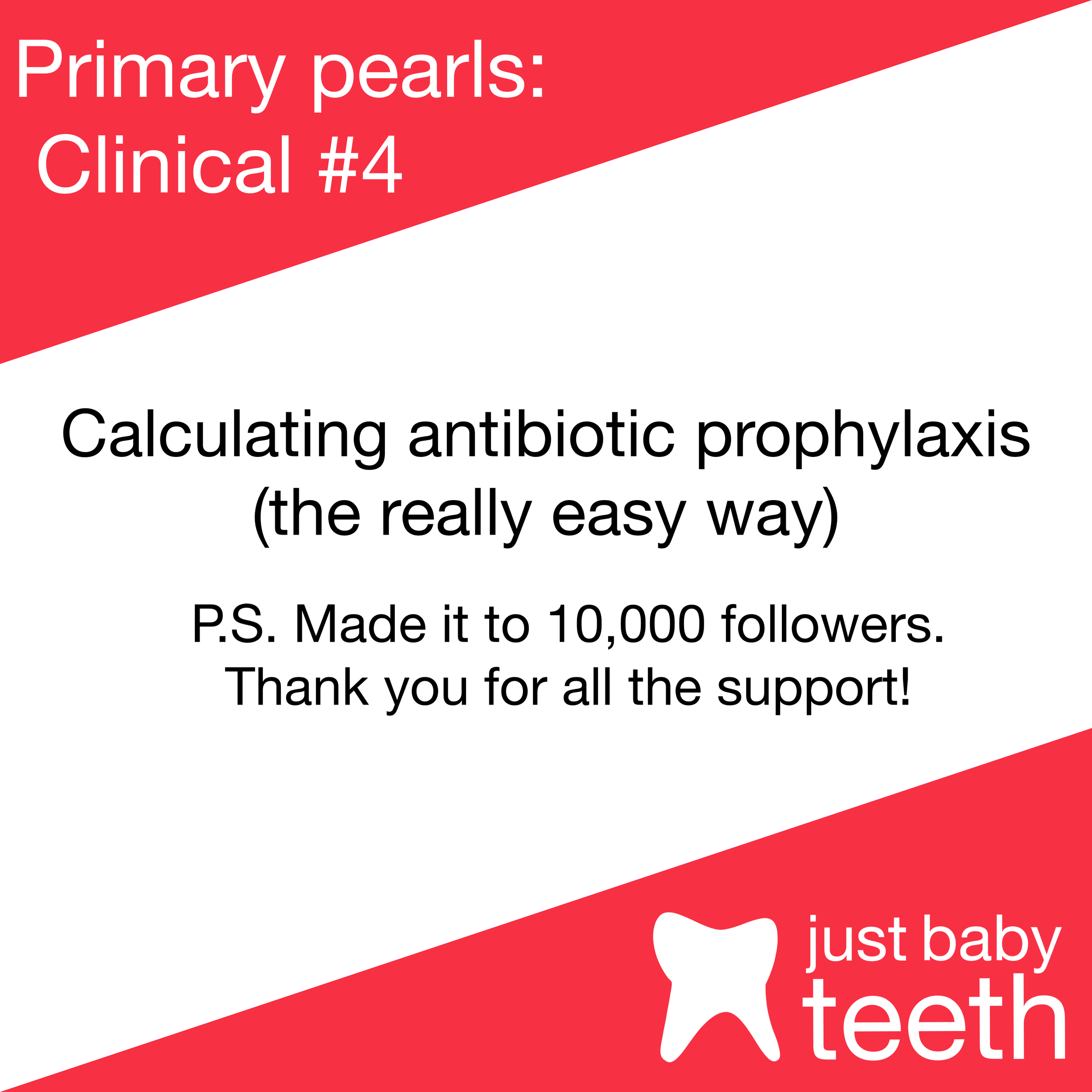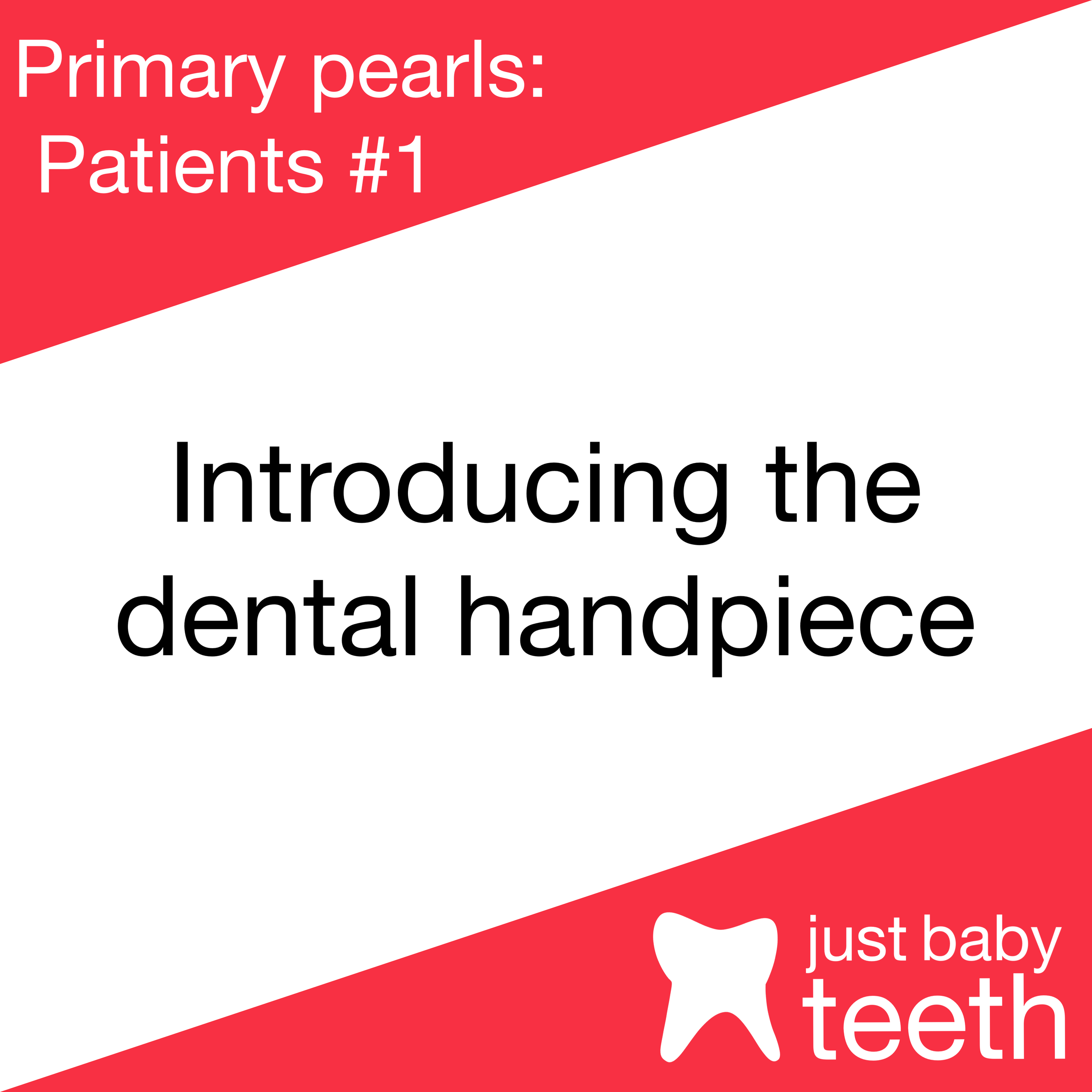Case selection
Patient selection is crucial in providing quality care. It's important to choose cases you can finish with confidence. Treating kids can be compared to flying planes - before takeoff, you need to know you have enough fuel and clear weather to get to your destination safely. Similarly, before starting treatment, you should be confident the child can tolerate the treatment safely.
Calculating antibiotic prophylaxis
Here’s the new antibiotic prophylaxis calculator. It allows you to determine the appropriate antibiotic and dosage for adults and children based on their ability to take oral medication and allergy to penicillin or ampicillin.
Three ways to manage the patient’s curious hands
Managing patient’s hands is an essential part of safe treatment. A quick grab makes the difference between a successful prep and a cut lip or worse. So how do we mangage their hands? There is no perfect method and any child intending on disrupting treatment will be able to do so. That’s where case selection is important and we’ll talk about that next time. However, different management methods help you be better prepared.
Calculating pain medication dosage
Introducing the latest addition to the justbabyteeth website: a pain medication calculator for all your pain management needs. It allows you to calculate the appropriate dosage for acetaminophen, ibuprofen, and naproxen based on age and weight.
Calculating antibiotics dosage
The local anesthesia calculator had such an overwhelming response with clinicians from all over the United States and from twenty countries internationally! The number one requested addition was a calculator for antibiotics so here it is.
Calculating local anesthesia dosage
Local anesthesia is an everyday part of dentistry but its dangers should not be overlooked, especially in the pediatric population. Caution should be used to avoid local anesthesia toxicity and overdose. The best way to do this is to calculate the maximum dosage based on the patient’s weight.
Introducing the dental handpiece
For most patients, the handpiece (“drill”) is the most anxiety-provoking part of the dental visit. Hiding it is not going to work (unlike injection of local anesthesia) as the sound and sensation is unmistakable. For this reason, it is best to acknowledge and defuse it right away.
Building value in the hygiene visit
I’m starting a new series of posts called “primary pearls”! Together we will be covering topics including parents, patients, and clinical techniques/tips. We will be starting off with a post on parent communications and how to build value in the hygiene visit. Let’s go!








